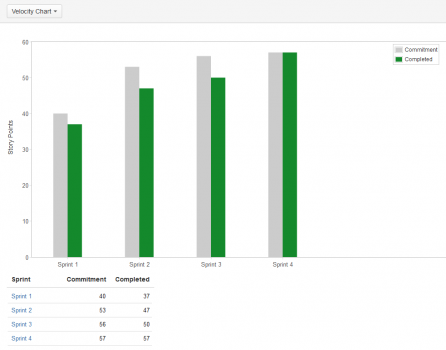
It’s important to understand the Fibonacci sequence. This article explain you how this sequence works. it’s an important concept for the agile team in agile project management.
Fibonacci sequence – understand the concept
The Fibonacci sequence is a series of numbers where each number is the sum of the two previous numbers. The sequence starts with 0 and 1, and then continues 0, 1, 1, 2, 3, 5, 8, 13, 21, 34, and so on.
0
0 + 1 = 1
0 + 1 = 1
1 + 1 = 2
1 + 2 = 3
2 + 3 = 5
Fibonacci sequence in Scrum
The Fibonacci sequence is used in Scrum to estimate the size of user stories (backlog items). User stories are small pieces of work that are used to break down the backlog into manageable tasks. The size of a user story is estimated in story points, which are a relative unit of measurement.
Story points are used to estimate the effort required to complete a user story. The Fibonacci sequence is used because it is a non-linear sequence, which means that the difference between two consecutive numbers increases as the numbers get larger. This is important because it is easier to estimate the difference in effort between two small tasks than it is to estimate the difference in effort between two large tasks.
In Scrum the sequence is little bit different. These are some particularities to know:
- Some teams use 0.5 for story points to defini a very small task
- Some teams prefer use 50, 100 for the very big tasks
The Fibonacci sequence is a useful tool for estimating the size of user stories in Scrum. It is a non-linear sequence that makes it easier to estimate the difference in effort between two small tasks than it is to estimate the difference in effort between two large tasks.
Here are some tips for using the Fibonacci sequence in Scrum:
- Use this sequence to estimate the size of user stories in story points.
- Estimate the effort required to complete each user story.
- Use the Fibonacci sequence to account for the increasing difference in effort between larger tasks.
- Use story points to track the progress of the team and to forecast the completion date of the project.
The Fibonacci sequence is a simple but effective tool for estimating the size of user stories in Scrum. It can help teams to be more realistic about their estimates and to track their progress more effectively.




Be the first to comment